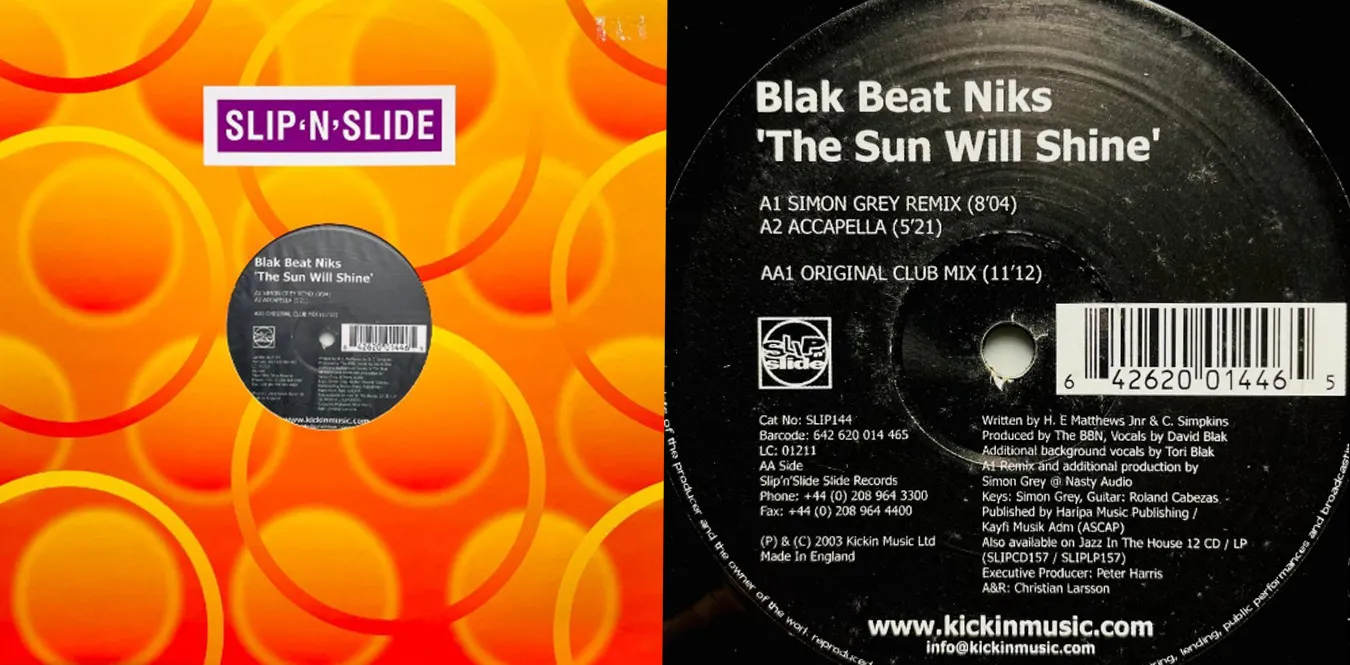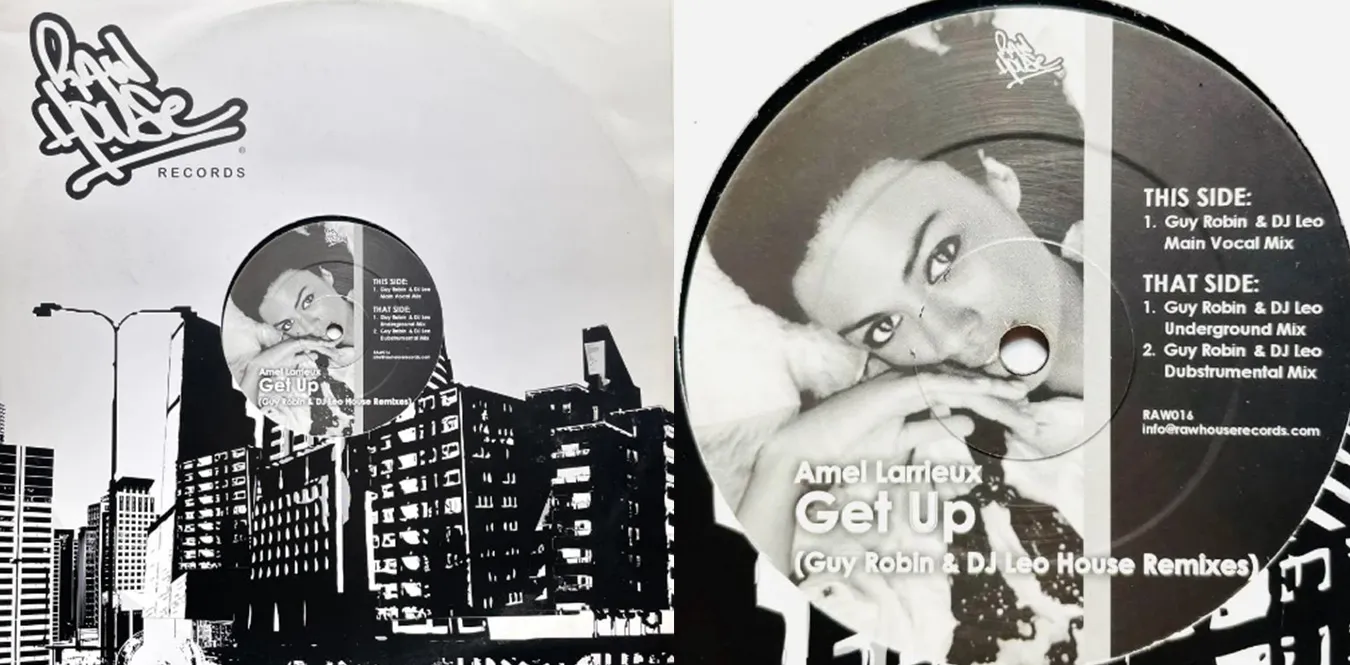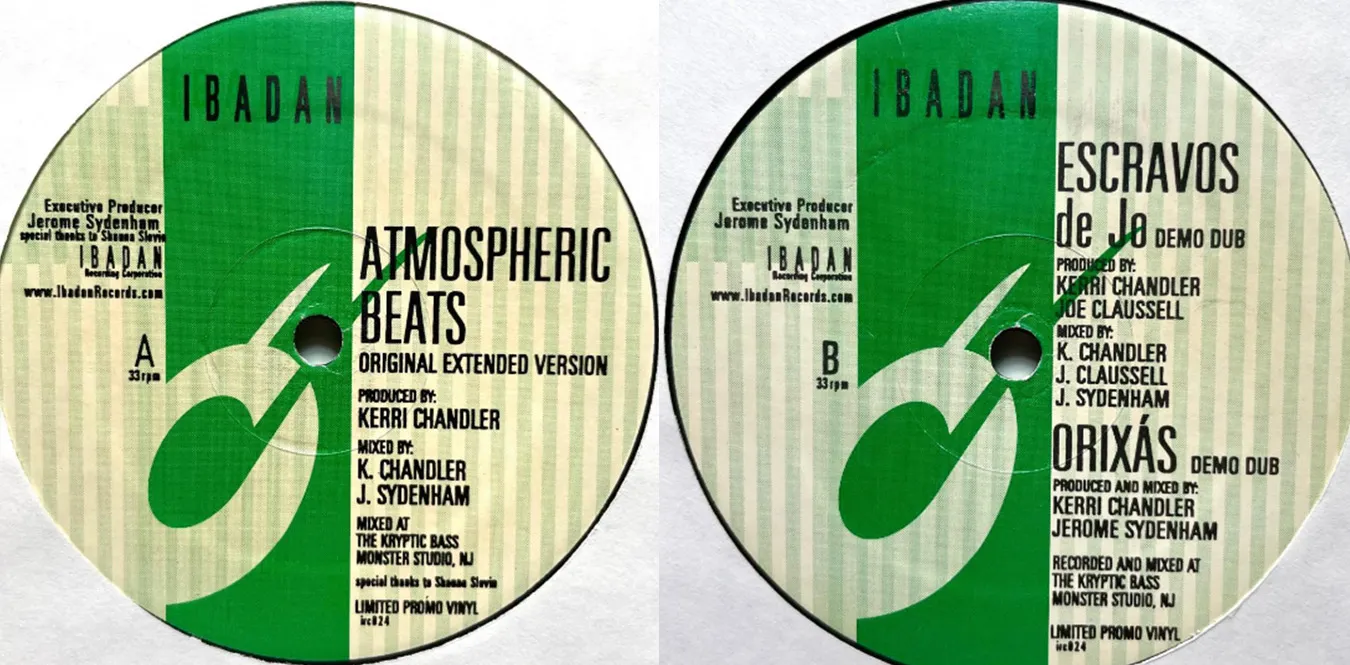[Column] From Chicago to the world: The birth and evolution of house music
Column en Acid House Deep House House![[Column] From Chicago to the world: The birth and evolution of house music](/../assets/images/column-chicago-house.webp)
A revolution that started in an underground warehouse
| Text: mmr | Theme: “Chicago House” was not just a place for entertainment, but a place for self-expression and a sense of community. |
In the early 1980s, Chicago’s club scene was experiencing a lull due to the decline of disco. As disco grew commercially and disappeared from radio and the mainstream, young people were looking for a new outlet for musical expression. One of the answers was the music that later became known as ““Chicago House.’’
The Warehouse club was a musical testing ground during this period. In a vast warehouse-like space, members of the black community, LGBTQ+ community, and urban youth gathered to immerse themselves in music. This place was not just a place for entertainment, but also a place for self-expression and a sense of community.
Chapter 1: Genesis — Chicago’s Club Culture and 1980s Urban Background
Chicago Club — Warehouse and its spaces
Chicago house developed around the ““Warehouse club.’’ Opened in 1977, the Warehouse was an abandoned urban factory converted into a warehouse club that became legendary when Frankie Knuckles played there as DJ.
The vast space of the warehouse, the height of the ceiling, and the echo of the concrete gave the music a unique depth and dynamism. The sounds on the floor resonated with the bodies of the audience, creating a communal experience that went beyond a mere musical experience.
Social background of Chicago in the 1980s
The early 1980s were a tough economic time for Chicago.
- Increased unemployment rate due to industrial decline
- Community division due to urban redevelopment
- Racial disparities and social inequality
Filling this urban void, club culture functioned as a new venue for social and cultural expression. Disillusioned with the commercialization of disco, young people flocked to clubs such as the Warehouse, The Power Plant, and Music Box to enjoy freedom through music.
Club management and community
The club kept admission fees to a minimum and provided an environment where local DJs and artists could play freely. This free space has given Chicago House a DIY spirit and a community culture.
As an anecdote, Frankie Knuckles read the cheers from the crowd late at night and subtly changed the rhythm, creating a moment when everyone’s bodies swayed in unison. The audience responded with cheers and applause, demonstrating that music is a social and cultural phenomenon.
Chapter 2: The Creators of Chicago House
Frankie Knuckles — Godfather of House
A New York native, Knuckles shaped Chicago’s club culture by DJing at the Warehouse. Influenced by disco and soul, they made full use of rhythm machines and synthesizers to create new grooves. Under his hands, DJs have changed from mere craftsmen who connect songs to directors who control the entire floor.
Marshall Jefferson — Dancefloor Revolution
Jefferson created “Move Your Body” to promote participatory dance experiences in clubs. The technique of eliciting a physical reaction from the audience through subtle changes in the intro has elevated music from a mere series of sounds to a social phenomenon.
Larry Heard — the spiritual expression of deep house
Larry Heard created ““Can You Feel It’’ at home using simple equipment. With its deep meditative groove, the track not only contributed to the clubbing experience, but also to the listener’s individual spiritual journey.
Chapter 3: Styles and Subgenres
- Acid House: Using TB-303, psychedelic sound waves
- Deep House: Meditative and soulful, represented by Larry Heard
- Vocal House: Emphasis on lyrics and emotional expression, reflecting the voices of the community
Early house music was characterized by simple, repetitive rhythms and was created using Roland TR-808/TR-909 rhythm machines and analog synths. A small sound ingenuity had the power to change the atmosphere of the entire club.
Chapter 4: The intersection of society and culture
Chicago House has grown with the support of the black and LGBTQ+ communities. The club was a safe haven, a place free from discrimination and prejudice. Through music, self-expression and community formation progressed, and it became a symbol of minority culture in the city.
Anecdotally, one night at Warehouse, Knuckles’ slight change in the tempo of his intro instantly changed the mood throughout the floor. The audience responded with cheers and applause, demonstrating that music is a social and cultural phenomenon.
Chapter 5: Technology and Production Methods
Chicago House is closely connected to the evolution of technology.
- Sound creation with rhythm machine and synthesizer
- Possibility of home production with samplers and digital recording technology
- Democratization of culture through independent labels and the DIY spirit
Larry Heard’s home-produced Can You Feel It is an anecdote that symbolizes the democratization of music and the expansion of club culture.
Chapter 6: Unexpected relationships
Chicago House intersects with seemingly unrelated fields.
- Architecture/Urban Space: The acoustics of a warehouse space determine the musical experience
- Fashion: Sportswear and high-top sneakers become cultural identity
- Technology: Electronic instruments and sound design expand musical expression
- LGBTQ+ movement: Clubs become safe zones and places of expression
- Spiritual Experience: Euphoria due to repetitive rhythm
- DIY culture/punk spirit: The foundation of independent production, independent labels, and community culture
Chapter 7: From Chicago to the World
In the late 1980s, Chicago House expanded beyond its borders.
- Starts the acid house boom in the UK
- Forming an international network through interaction with Detroit Techno
- Re-evaluated at clubs and festivals around the world
Chapter 8: Representative discography
| Artist | Title | Year | Link |
|---|---|---|---|
| Frankie Knuckles | Baby Powder / Your Love | 1983 | Amazon |
| Marshall Jefferson | Move Your Body | 1986 | Amazon |
| Larry Heard | Can You Feel It | 1986 | Amazon |
| Phuture | Acid Tracks | 1987 | Amazon |
| Jesse Saunders | On & On | 1984 | Amazon |
Chapter 9: Historical Background of Chicago House
Chicago’s economic and urban structure, social inequality, and industrial decline laid the groundwork for the birth of house music. Clubs were more than just entertainment; they were social and cultural testing grounds, and symbols of freedom and solidarity among city dwellers. Chicago House, thus born, spread throughout the world as a cultural phenomenon that intersected urban culture, technology, social movements, and music history.
Chapter 10: Modern House and Chicago’s Legacy
It has evolved into modern deep house and tech house, and is being reevaluated at clubs and festivals. Chicago house rhythms are deeply engraved in urban culture and people’s bodies, influencing modern electronic music, club culture, and even pop music production methods.
Cultural significance as heritage
- Symbols of urban culture: Cultures born from the background of urban space, people’s lives, and social conditions
- Expression of social minorities: Clubs function as cultural refuges and spaces of expression
- Evolution and spread of music technology: TR-808, TB-303, samplers, digital recording technology
- International influence: Penetration of club culture in the UK/Europe, Japan and Brazil
Outlook for the future
Chicago house is more than just a musical genre from the past; it continues to influence future club culture and music production as an intersection of urban culture, social movements, technology, and music. A new generation of artists samples classic songs from the past and reinterprets them into modern rhythms. Due to urban redevelopment and advances in digital technology, the physical and virtual experiences of club spaces will become more diverse. The ideals of social inclusion and diversity are rooted in Chicago House’s concept of a “free and safe space of expression.”
Final Chapter: Chicago’s Beats Forever
Chicago House is the story of a small musical laboratory born out of an abandoned urban warehouse that expanded into a global cultural phenomenon.
The nightly creations that took place at the Warehouse and The Power Plant were spaces of self-expression for black and LGBTQ+ communities, and symbols of urban community-building. The fusion of groove and technology forged by pioneers like Frankie Knuckles and Larry Heard became more than just music, it became a cultural movement.
Its influence extends to British acid house, Detroit techno, modern EDM and deep house, and Chicago beats continue to live on in clubs around the world today. Chicago house is both a legacy of the past and a beacon for the musical culture of the future.
Related columns
🔗 [Column] Acid House: Chemical reactions of sound and cultural transformation
🔗 [[Column] What is deep house? ─ Exploring the depth of sound that blends the temperature of soul and jazz into house] (https://monumental-movement.jp/Column-Deep-House)
🔗 [Column] Detroit Techno: Human dance created by the heartbeat of machines

![[Column] K15 - The light and shadow of a new generation of London nurtured by EGLO](/../assets/images/column-k15.webp)


![[Column] Waajeed —— A creator who continues to renew the genealogy of Detroit](/../assets/images/column-waajeed.webp)



![[Column] From the origins of NY House to the present ─ History, masterpieces, and changes in equipment](/../assets/images/column-ny-house.webp)
 More Than Paradise (Theo Parrish Translation).webp)